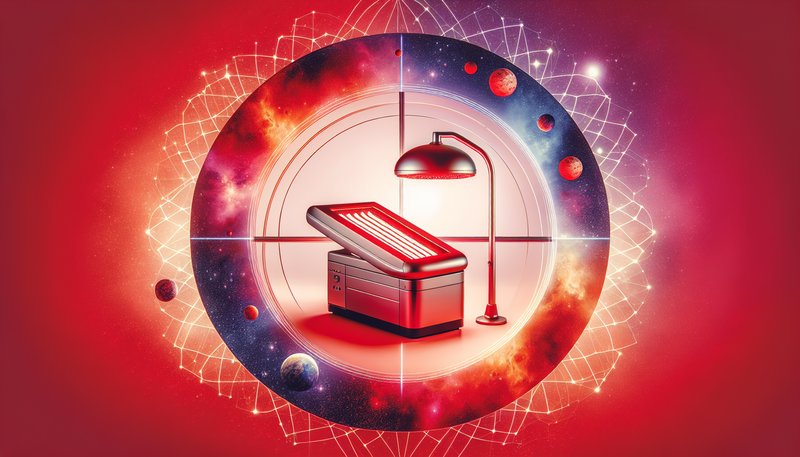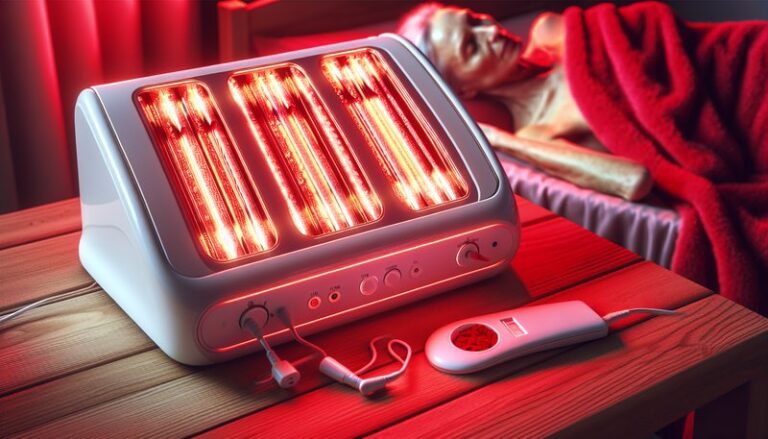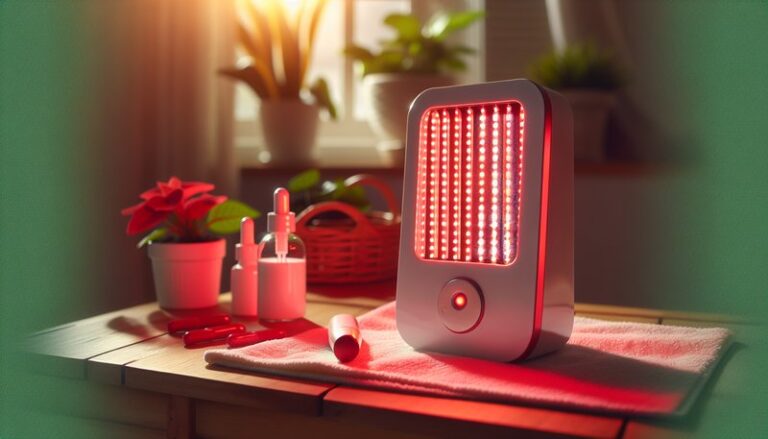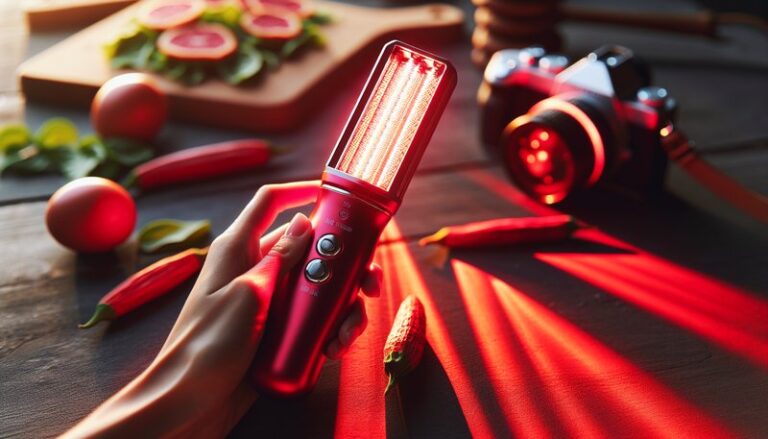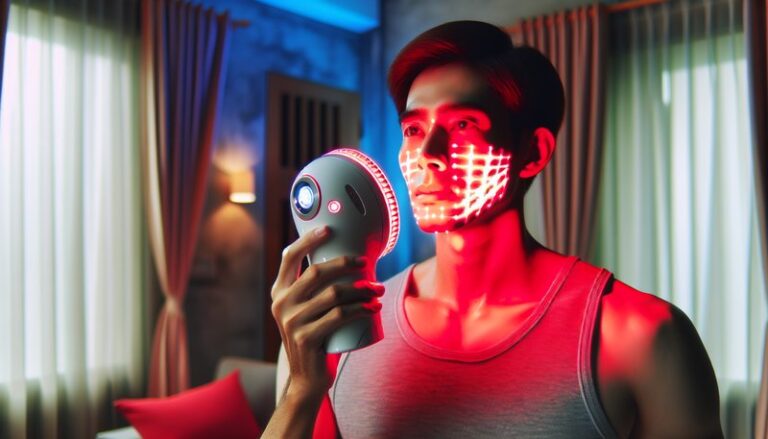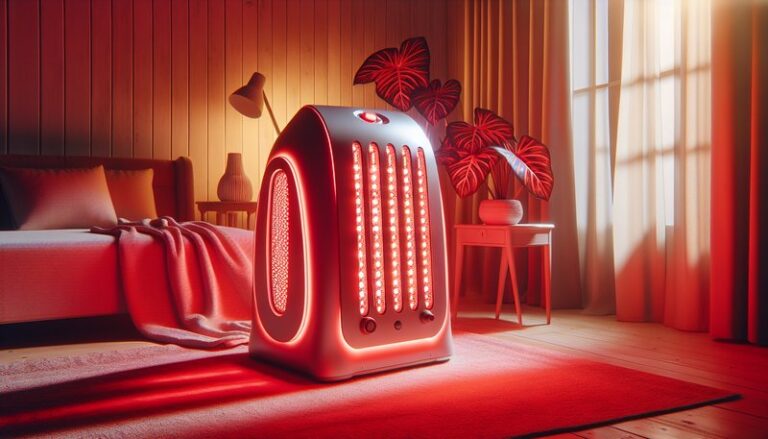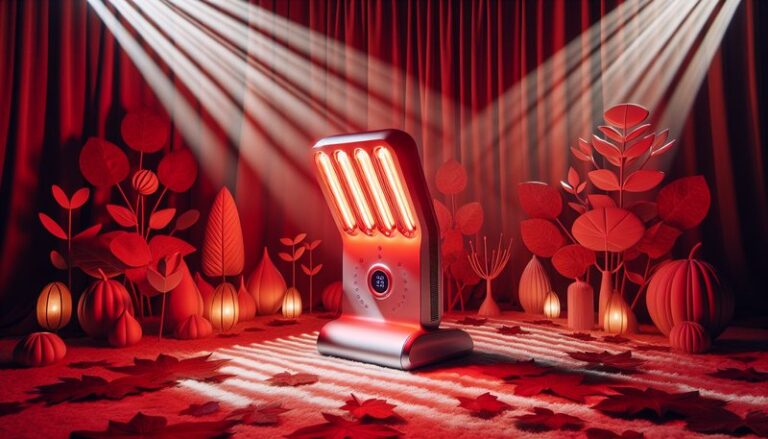Do Red Light Therapy Beds Work?
Have you ever wondered if red light therapy beds can really provide the benefits they’re touted for? Many people seek out innovative therapies to enhance their health, beauty, and overall wellness, but understanding the efficacy of such treatments can be challenging.
This article will explore the effectiveness of red light therapy beds, their benefits, considerations before use, and alternatives available. We’ll aim to provide clarity on this popular health trend so you can make informed decisions regarding its use.
Key Takeaways
- Red light therapy beds may promote skin rejuvenation, pain relief, and enhanced athletic recovery.
- While many users report positive experiences, scientific evidence is still developing.
- Important considerations include skin type, treatment duration, and potential side effects.
What is Red Light Therapy?
Red light therapy (RLT) involves exposing the skin to low wavelengths of red light, typically between 600 to 900 nanometers. It has been studied for its effects on various skin issues, inflammation, and pain relief. The therapy is commonly delivered via machines resembling tanning beds, using LED lights or lasers to penetrate the skin.
Red light therapy is non-invasive and has gained popularity in both clinical settings and at-home devices, making it accessible for many. Research suggests that this therapy can stimulate collagen production, improve circulation, and aid in tissue repair.
What are the Benefits of Red Light Therapy?
Exploring the benefits of red light therapy can help clarify why so many people are eager to try it.
Skin Rejuvenation
Red light therapy is known for its potential to improve skin texture and reduce signs of aging. Studies suggest that it can help increase collagen production, leading to firmer, healthier skin. Many users report noticeable improvements in fine lines and wrinkles after consistent use.
Pain Relief
Another significant advantage of red light therapy is its potential to alleviate pain, such as joint pain, arthritis, and muscle soreness. The therapy can help reduce inflammation and promote healing in affected areas, making it a popular option for athletes and those recovering from injuries.
Enhanced Recovery and Performance
Athletes increasingly utilize red light therapy beds to enhance recovery times following workouts. The therapy can improve blood flow, reduce muscle soreness, and expedite recovery from exercise, allowing for more effective training regimes.
Mood Enhancement
Some studies have indicated that red light therapy may have a positive impact on mood and mental health, potentially alleviating symptoms of depression and anxiety. The soothing effects of the warm red light may contribute to improved emotional well-being.
Read the extensive guide Does Red Light Therapy Produce Vitamin D?
Is it Possible to Get Results with Red Light Therapy?
Yes, many users experience results from red light therapy, but efficacy can vary based on individual factors. The expected benefits may depend on the specific conditions being treated, the duration of sessions, and the frequency of use.
Check out our analysis Does Red Light Therapy tan skin?
What are the Advantages of Using Red Light Therapy Beds?
- Convenience and Accessibility: Red light therapy beds can be found in many salons and clinics, making sessions easy to schedule.
- Time Efficiency: Sessions are often quick, typically lasting 10 to 30 minutes, fitting well into busy lifestyles.
- Non-Invasive: Unlike surgical treatments, red light therapy offers a pain-free, non-invasive option.
What are the Disadvantages of Using Red Light Therapy Beds?
- Variable Results: Not everyone will respond to therapy in the same way, and some may see little to no improvement.
- Cost: Regular sessions can accumulate significant costs, depending on the price of treatments at local facilities.
- Overexposure Risks: Excessive use of red light therapy may lead to skin irritation or other side effects. It’s important to follow recommended guidelines.
What are the Things to Consider Before Trying Red Light Therapy?
Before diving into red light therapy, it’s important to understand various factors that may affect your experience and results.
Skin Type Assessment
Different skin types may react differently to red light therapy. Consulting a dermatologist to evaluate your skin type and conditions can help tailor the therapy to your needs.
Duration and Frequency of Sessions
Research suggests that to achieve optimal results, specific durations and frequencies of therapy sessions may yield the best outcomes. Misjudging these parameters could lead to subpar results.
Consultation with Healthcare Providers
Discussing red light therapy with a healthcare provider, especially if you have underlying health conditions, can provide personalized insights and recommendations.
What are the Alternatives to Red Light Therapy?
If red light therapy doesn’t seem like the right fit for you, there are various alternatives available that also look to enhance health and well-being.
Microcurrent Therapy
Microcurrent therapy uses low-level electrical currents to promote healing and rejuvenation in the skin. It also aids in reducing pain and inflammation, providing similar benefits to red light therapy.
Laser Therapy
Laser treatments target specific skin issues with high-intensity light. This can improve skin texture, tone, and firmness, as well as relieve certain types of pain. Consult a professional to evaluate which treatment is best for your condition.
Chemical Peels
For skin rejuvenation, chemical peels are a popular option that can help remove dead skin cells, reduce fine lines and promote new skin growth. This alternative offers different results but can also be effective in improving skin appearance.
Conclusion: Is it Recommended to Use Red Light Therapy?
Red light therapy beds can indeed be effective for many individuals seeking skin rejuvenation, pain relief, or enhanced athletic recovery. However, outcomes can vary based on personal factors such as skin type, duration of exposure, and consistency of sessions. While the benefits appear promising, it is always wise to consult with a healthcare provider before starting any new treatment regimen.
Frequently Asked Questions
Is red light therapy safe?
Yes, red light therapy is generally considered safe and non-invasive, with few reported side effects when used correctly.
How long does it take to see results?
Results can vary, but many users report noticeable improvements within a few weeks of regular sessions.
Can anyone use red light therapy beds?
While most people can safely use red light therapy, individuals with certain health conditions or skin sensitivities should consult a healthcare provider first.
How often should I use red light therapy?
Most studies suggest using red light therapy 2-3 times a week for optimal results, but personal requirements may differ.
Are there any side effects?
Side effects are rare but can include temporary redness or irritation at the site of treatment. Following recommended usage guidelines can minimize these occurrences.
